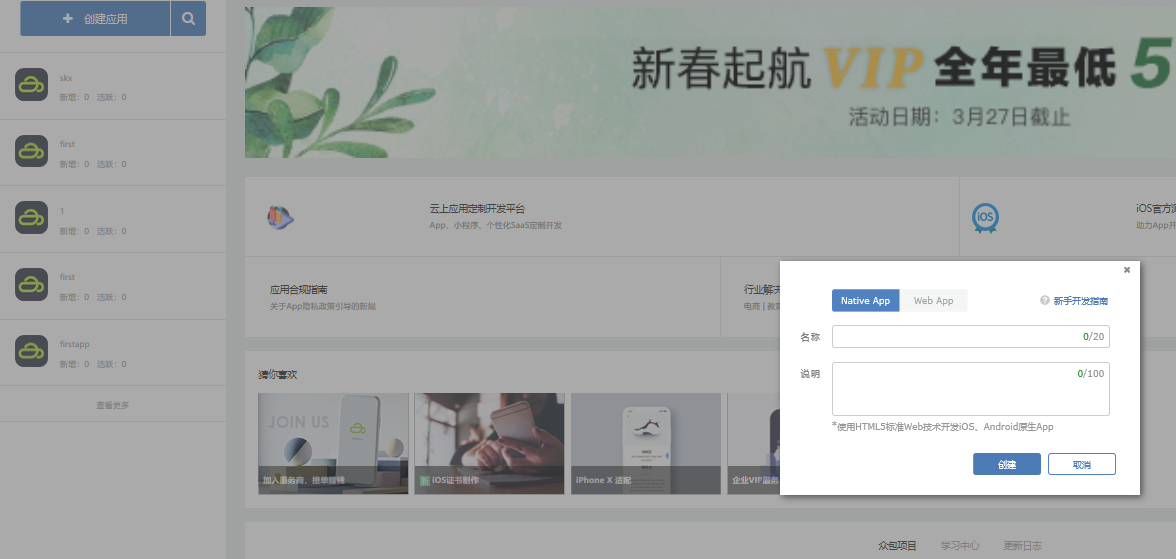use onLayout implements LinearLayout in vertical orientation
use onLayout implements LinearLayout in vertical orientation
import android.content.Context;import android.util.AttributeSet;import android.view.View;import android.view.ViewGroup;public class MyLayout extends ViewGroup {public MyLayout(Context context, AttributeSet attrs) {super(context, attrs);}//onMeasure被Android在onLayout之前调用。@Overrideprotected void onMeasure(int widthMeasureSpec, int heightMeasureSpec) {//所有子View加起来总的高度和宽度。int measuredWidth = 0;int measuredHeight = 0;int count = getChildCount();for (int i = 0; i < count; i++) {View v = this.getChildAt(i);if (v.getVisibility() != View.GONE) {this.measureChild(v, widthMeasureSpec, heightMeasureSpec);measuredWidth = Math.max(measuredWidth, v.getMeasuredWidth());measuredHeight += v.getMeasuredHeight();}}//仔细检查!不要疏忽掉一些padding的值。measuredWidth += getPaddingLeft() + getPaddingRight();measuredHeight += getPaddingTop() + getPaddingBottom();this.setMeasuredDimension(measuredWidth, measuredHeight);}// Android系统在onMeasure之后调用onLayout。@Overrideprotected void onLayout(boolean changed, int left, int top, int right, int bottom) {// 在left,top,right,bottom这四个坐标参数“框”出来一个盛放子View的矩形空间,在此空间内一个一个摆放子View。int count = this.getChildCount();for (int i = 0; i < count; i++) {View v = getChildAt(i);if (v.getVisibility() != View.GONE) {int childHeight = v.getMeasuredHeight();//在细分的(left, top, right, top + childHeight)框出来的矩形空间内摆放这一子View。v.layout(left, top, right, top + childHeight);//把顶点的锚定位置往下移。top = top + childHeight;}}}}



































还没有评论,来说两句吧...